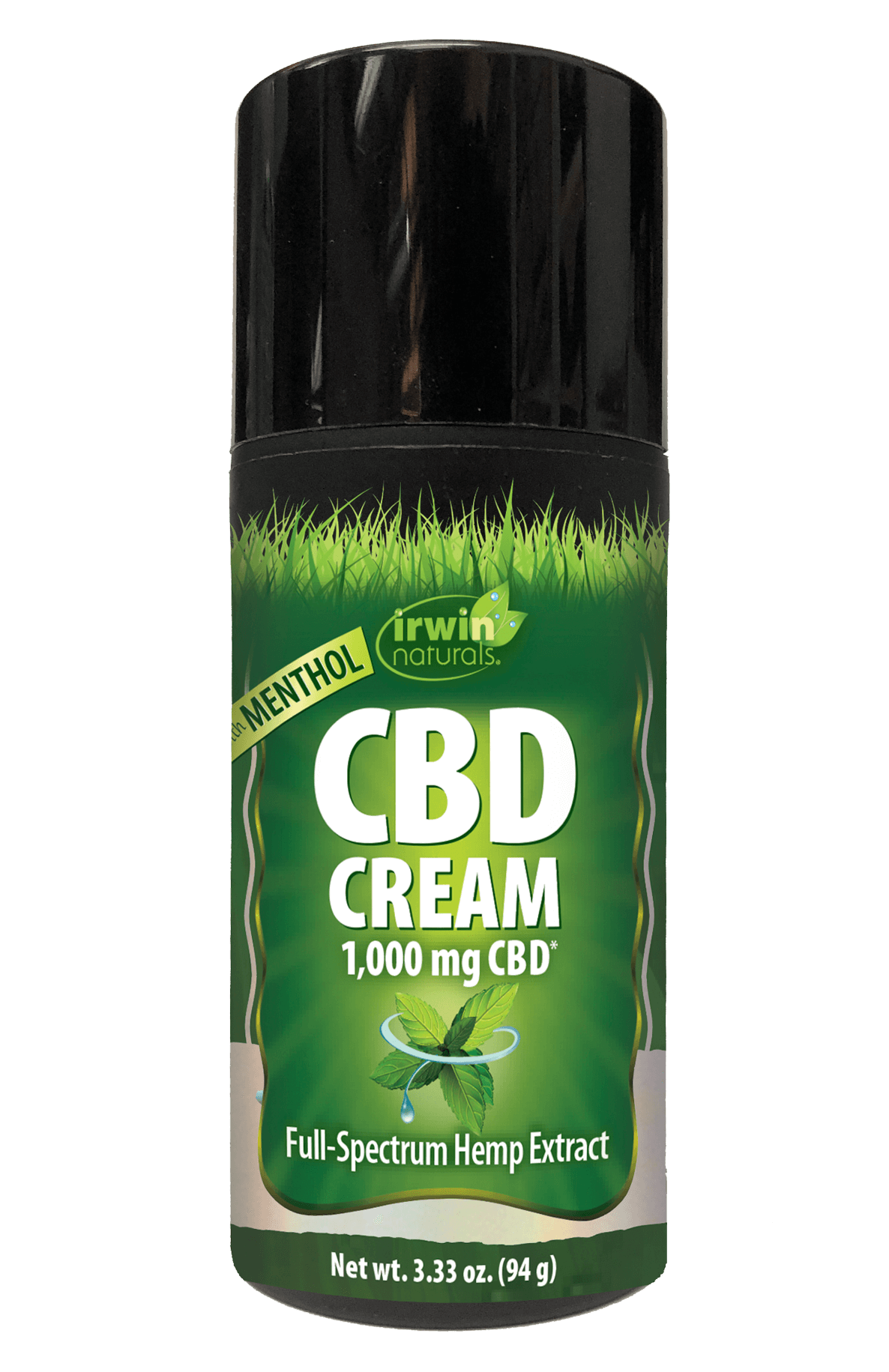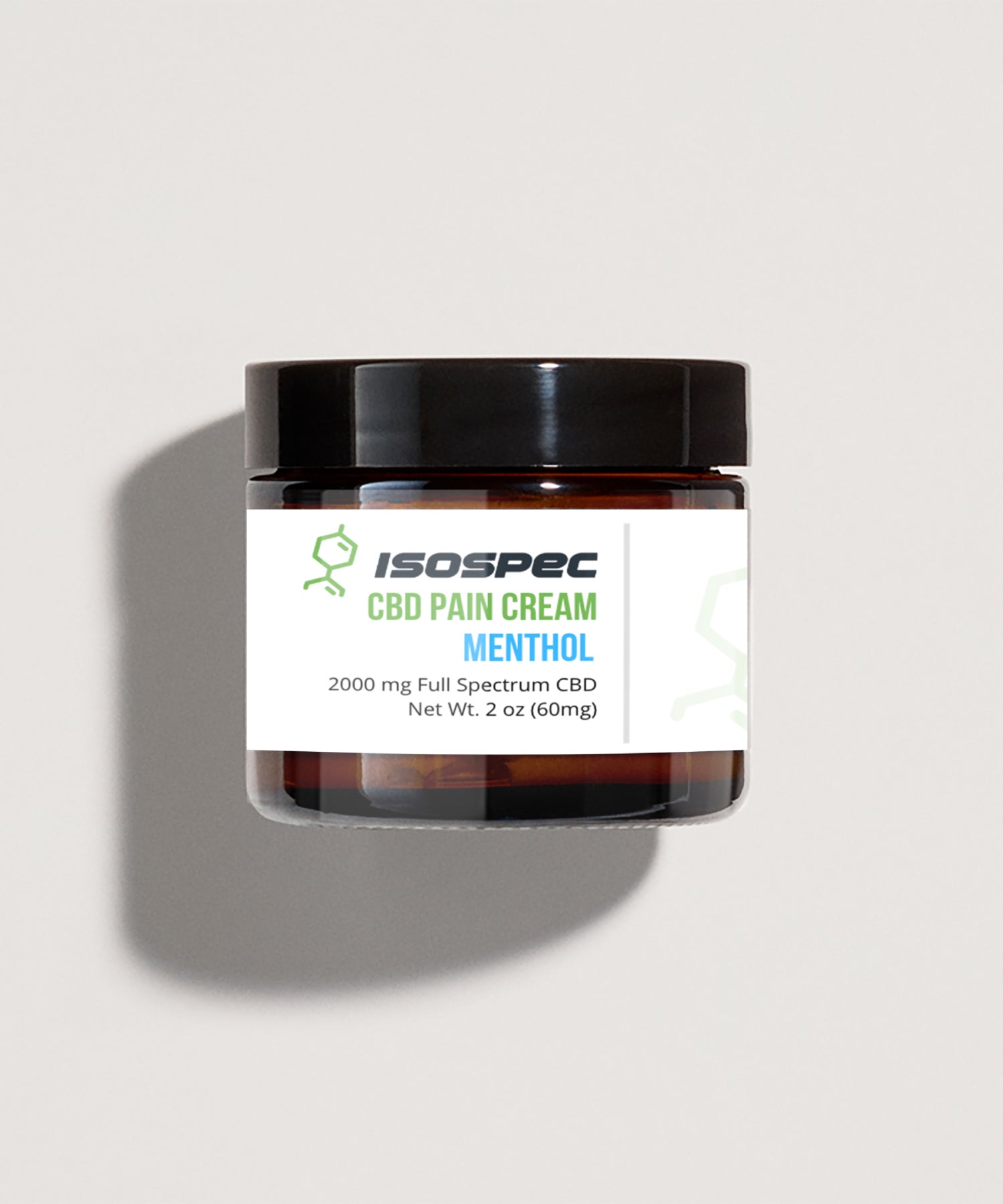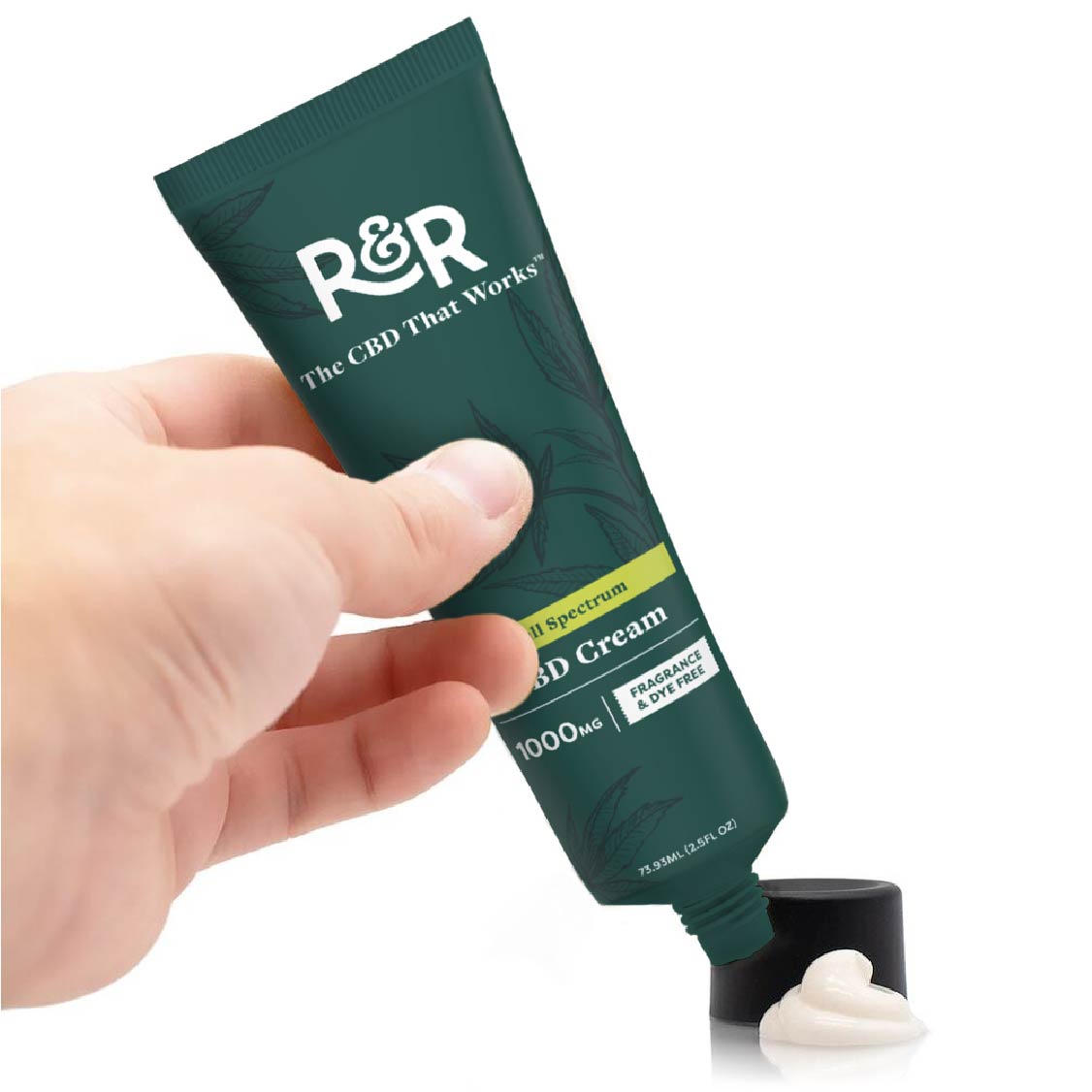Enhance Your Relaxation with Serenity CBD Arnica Balm: Embrace Holistic Healing
Enhance Your Relaxation with Serenity CBD Arnica Balm: Embrace Holistic Healing
Blog Article
Discover the Science Behind CBD Pain Lotion and Its Healing Impacts
As the need for natural pain relief options remains to increase, the clinical area has transformed its attention to the healing results of CBD pain lotion. Comprehending the elaborate systems whereby CBD communicates with the body's endocannabinoid system to minimize discomfort is crucial in analyzing its effectiveness. From its anti-inflammatory residential or commercial properties to the facility neurological impacts that modulate discomfort perception, CBD's possible as a discomfort management solution is a subject of ongoing research study and professional interest. Remain tuned to untangle the scientific research behind CBD discomfort cream and just how it holds guarantee for those looking for choice avenues for discomfort relief.
Endocannabinoid System and CBD Discomfort Relief
What duty does the endocannabinoid system play in CBD discomfort alleviation? The endocannabinoid system (ECS) is an intricate network of receptors, enzymes, and endocannabinoids that play an essential function in managing various physiological processes, consisting of discomfort sensation. When CBD is used topically or ingested, it connects with the ECS to modulate pain assumption and swelling. CBD exerts its results by targeting cannabinoid receptors, particularly CB1 and CB2 receptors, which are abundant in the central nerves and immune cells, specifically. By binding to these receptors, CBD can inhibit the transmission of pain signals and lower inflammation, causing discomfort relief.

Devices of CBD for Discomfort Monitoring
Exploring the intricate devices where CBD operates in discomfort administration discloses its potential as a beneficial therapeutic device in alleviating various forms of pain. CBD connects with the endocannabinoid system, making up cannabinoid receptors (CB1 and CB2) dispersed throughout the body. When CBD is carried out, it modulates these receptors, influencing neurotransmitter release and wetting pain signals. Furthermore, CBD's anti-inflammatory buildings play a vital duty hurting monitoring by reducing inflammation at the site of discomfort.

Anti-Inflammatory Characteristics of CBD
In elucidating the effectiveness of CBD hurting management, a significant facet hinges on its potent anti-inflammatory buildings. CBD, or cannabidiol, has gathered interest for its capability to regulate inflammatory actions within the body. Inflammation is a complex biological reaction that plays an essential function in the body's body immune system, however when it ends up being persistent, it can add to different health concerns, consisting of pain. CBD communicates with the endocannabinoid system, specifically targeting CB2 receptors located in the immune cells. By turning on these receptors, CBD can help regulate immune actions and decrease inflammation.
Studies have revealed that CBD can prevent inflammatory moderators and cytokines, therefore wetting the inflammatory waterfall. This anti-inflammatory impact is especially encouraging for problems defined by persistent inflammation, such as joint inflammation, inflammatory bowel illness, and neuropathic discomfort. By alleviating inflammation, CBD not just get redirected here addresses the signs and symptoms yet likewise targets the underlying source of discomfort, making it a beneficial healing agent for taking care of a wide variety of inflammatory conditions.
Neurological Impacts of CBD on Pain
CBD exerts profound neurological results on pain assumption via its interaction with details receptors in the central anxious system. The endocannabinoid system, which consists of cannabinoid receptors (CB1 and CB2) and endocannabinoids generated by the body, plays an essential role in modulating discomfort signals. CBD connects with these receptors, mostly CB1 located in the mind and CB2 situated in the immune cells, to apply its analgesic impacts. By pop over to this web-site influencing the task of these receptors, CBD can aid control pain sensitivity and inflammation, offering potential restorative advantages for individuals struggling with various types of pain problems.
Studies have shown that CBD's activity on the endocannabinoid system can cause the inhibition of discomfort signaling paths, minimizing the perception of discomfort. Additionally, CBD has actually been discovered to have neuroprotective residential or commercial properties, which can help alleviate neuropathic pain by safeguarding neurons from damages. The ability of CBD to modulate pain at a neurological level makes it an appealing choice for managing persistent pain problems where typical therapies might fall brief.
Scientific Studies Supporting CBD Pain Relief

Conclusion
In verdict, the science behind CBD pain cream exposes its prospective restorative effects through the inflection of the endocannabinoid system. CBD's systems for pain monitoring include its anti-inflammatory residential properties and neurological results on discomfort assumption. Medical research studies sustain making use of CBD for pain relief. More study is required to completely comprehend the degree of CBD's advantages in taking care of various kinds of discomfort.
As the demand for natural discomfort relief options continues to climb, the clinical area official source has transformed its interest to the restorative results of CBD pain cream. From its anti-inflammatory properties to the facility neurological impacts that modulate pain assumption, CBD's potential as a discomfort monitoring option is a subject of ongoing study and clinical rate of interest.Structure upon the understanding of CBD's neurological effects on pain perception, scientific research studies have provided beneficial understandings into the effectiveness of CBD in supplying discomfort relief. A study released in the European Journal of Pain showed that applying CBD topically minimized discomfort and swelling in rats with arthritis without any kind of noticeable side results. CBD's devices for pain monitoring include its anti-inflammatory residential or commercial properties and neurological effects on pain assumption.
Report this page